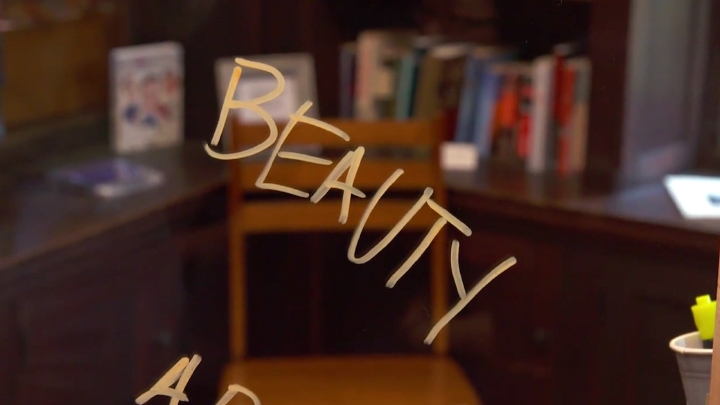From Waste to Energy
Script
Lucy Lahrita:
Good afternoon, everyone, and thank you for the introductions. My name is Lucy, from Japan, which is 13 hours ahead, so I will apologize first if I fall asleep after lunch.
As Alex mentioned about water contamination and Lisa talked about recycling gloves, I also believe that if there is any field where people can think globally and act locally, it is addressing environmental issues through science and technology.
With that, I'm pleased to present a part of the sustainability project, with the title, "From Waste into Energy." Some of you might have seen pictures of turtles or other ocean animals deformed or suffering, being trapped in plastic or particularly plastic rings. The plastic just floats into the oceans.
Well, plastic pollution and particularly non-recyclable plastic waste is a serious environmental problem. With the increasing population and consumption rate, we create more and more plastic waste and in Japan, if you go to department store or supermarket, they will give you very nice packaging over packaging. A lot of plastic waste there.
So, the bad news about these plastic wares is unlike paper or organic waste, that can be degraded, plastic waste needs an incredible long time to degrade. So, we cannot easily get rid of plastic waste. That's the reality, the bad news.
And we also understand that reusing our recycling plastic waste is a preferable way to deal with plastic waste. However, there are certain types of plastic waste that we cannot simply reuse, due to material reasons and for this and non-recyclable plastic waste, the chemical recycling is an effective way to deal with this non-recyclable plastic waste.
So, chemical recycling aims to turn this non-recyclable plastic into fuel, so we turn used resources into products. As we can see some countries produce a lot of plastic waste and they still import oil. Imagine if we acquire the know-how to generate energy using this plastic waste as fuel.
As the plastic waste is originally created from crude oil, so we can change it back into oil products. And with pyrolyzers or the thermal de-proselytization, that break down these long chains of polymer chains, carbon chains, we break it down and then we turn it back into the original, the origins of the plastic waste. The crude oil.
Basically, what we need is not all material of plastic. We need PE, PP and also PS can be used, PE for polyethylene, PP polypropylene and polystyrene also can be used. But the others can not be used. PVC because it contains chlorine, so we can not really go into for the feed stock.
So we basically, the pyrolysis includes the process of the mixing and the cracking of feed stock of the plastic waste and then we also degrade, break down the hydro carbon from the mixture and then the last, we distill the crude oil, the end products and these, I show the advantage of chemical recycling.
So, landfill or sometimes incineration is commonly used for disposal of non-recyclable plastic waste, but both of these short ways are not sustainable, but with chemical recycling, we can deal with plastic waste economically and eco-friendly way. So, we turn this non-recyclable plastic waste back into oil products. And in addition to less emissions of green house gasses, it also creates jobs in the local community and we hope that if the oil products can be scale up to the industrial scale, we will also create job opportunities.
And to end this presentations, I want to quote what Brutland said for sustainable development, in our development now we meet the needs of the present, but we also need to consider the ability of the next generations to meet their needs, so sustainable development.
Thank you.
Related Videos
-

Rapid Screening Assay for Biodegradation of Environmental Contaminants -

Environmental Stewardship -

Can We Reduce Our Impact on the Environment?

